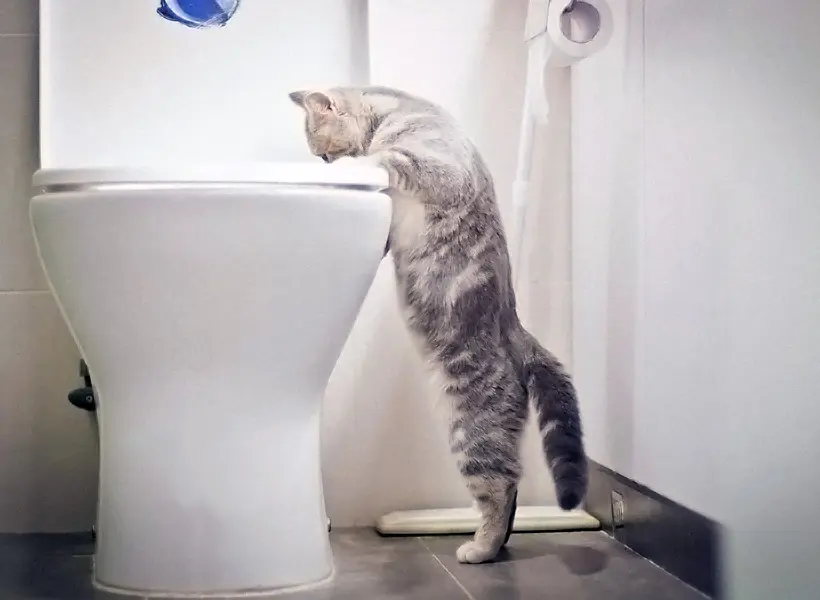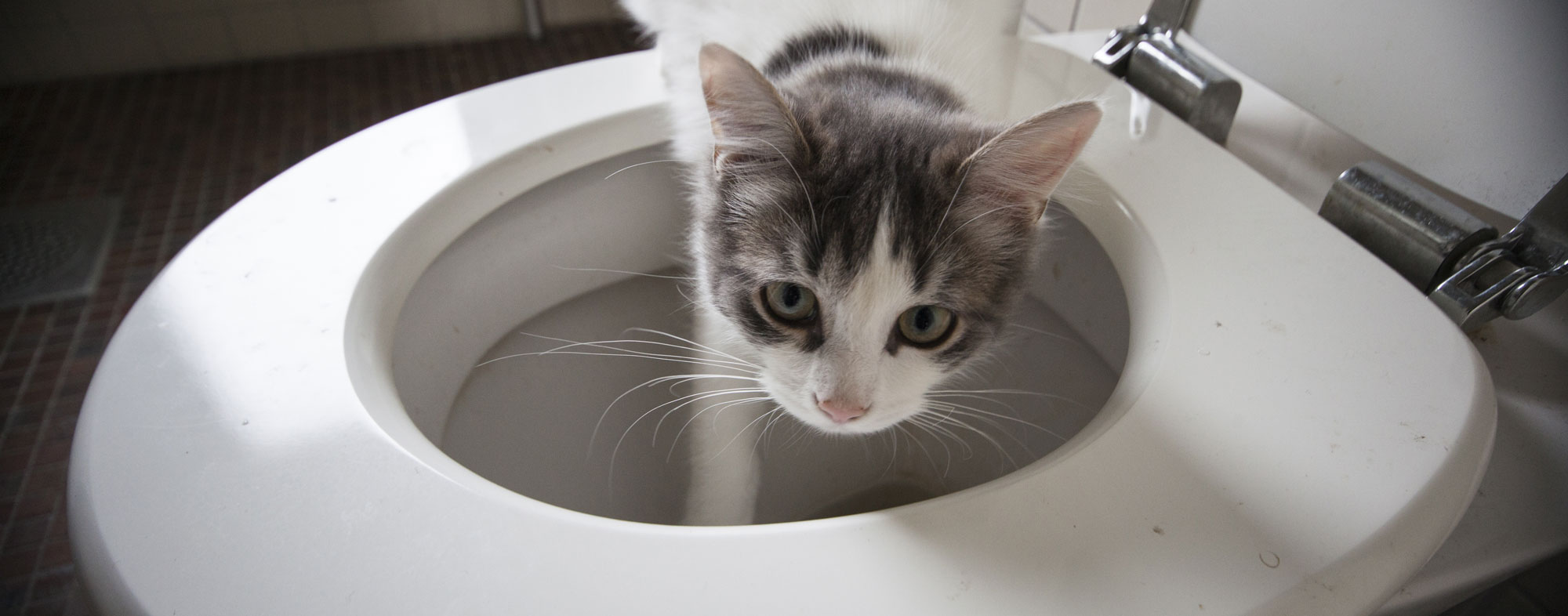Just how do you really feel in regards to How to Dispose of Cat Poop and Litter Without Plastic Bags?

Intro
As pet cat owners, it's necessary to be mindful of just how we take care of our feline close friends' waste. While it might seem practical to flush pet cat poop down the toilet, this technique can have harmful consequences for both the setting and human health.
Ecological Impact
Flushing feline poop introduces dangerous pathogens and bloodsuckers right into the supply of water, presenting a substantial risk to water environments. These impurities can adversely impact aquatic life and concession water high quality.
Health and wellness Risks
Along with environmental issues, purging pet cat waste can likewise posture wellness dangers to people. Cat feces might include Toxoplasma gondii, a bloodsucker that can trigger toxoplasmosis-- a potentially serious disease, especially for pregnant women and people with damaged body immune systems.
Alternatives to Flushing
Luckily, there are more secure and a lot more liable ways to take care of feline poop. Think about the following options:
1. Scoop and Dispose in Trash
One of the most typical technique of throwing away cat poop is to scoop it right into a naturally degradable bag and toss it in the garbage. Make sure to use a devoted trash scoop and deal with the waste without delay.
2. Usage Biodegradable Litter
Select eco-friendly cat trash made from products such as corn or wheat. These clutters are eco-friendly and can be securely taken care of in the trash.
3. Hide in the Yard
If you have a backyard, think about hiding cat waste in a designated area away from veggie gardens and water sources. Make sure to dig deep adequate to avoid contamination of groundwater.
4. Mount a Pet Waste Disposal System
Invest in a family pet garbage disposal system specifically designed for cat waste. These systems utilize enzymes to break down the waste, minimizing smell and ecological effect.
Conclusion
Responsible pet ownership expands past supplying food and shelter-- it also entails proper waste administration. By avoiding flushing cat poop down the bathroom and choosing alternative disposal methods, we can reduce our ecological footprint and protect human health and wellness.
Why Can’t I Flush Cat Poop?
It Spreads a Parasite
Cats are frequently infected with a parasite called toxoplasma gondii. The parasite causes an infection called toxoplasmosis. It is usually harmless to cats. The parasite only uses cat poop as a host for its eggs. Otherwise, the cat’s immune system usually keeps the infection at low enough levels to maintain its own health. But it does not stop the develop of eggs. These eggs are tiny and surprisingly tough. They may survive for a year before they begin to grow. But that’s the problem.
Our wastewater system is not designed to deal with toxoplasmosis eggs. Instead, most eggs will flush from your toilet into sewers and wastewater management plants. After the sewage is treated for many other harmful things in it, it is typically released into local rivers, lakes, or oceans. Here, the toxoplasmosis eggs can find new hosts, including starfish, crabs, otters, and many other wildlife. For many, this is a significant risk to their health. Toxoplasmosis can also end up infecting water sources that are important for agriculture, which means our deer, pigs, and sheep can get infected too.
Is There Risk to Humans?
There can be a risk to human life from flushing cat poop down the toilet. If you do so, the parasites from your cat’s poop can end up in shellfish, game animals, or livestock. If this meat is then served raw or undercooked, the people who eat it can get sick.
In fact, according to the CDC, 40 million people in the United States are infected with toxoplasma gondii. They get it from exposure to infected seafood, or from some kind of cat poop contamination, like drinking from a stream that is contaminated or touching anything that has come into contact with cat poop. That includes just cleaning a cat litter box.
Most people who get infected with these parasites will not develop any symptoms. However, for pregnant women or for those with compromised immune systems, the parasite can cause severe health problems.
How to Handle Cat Poop
The best way to handle cat poop is actually to clean the box more often. The eggs that the parasite sheds will not become active until one to five days after the cat poops. That means that if you clean daily, you’re much less likely to come into direct contact with infectious eggs.
That said, always dispose of cat poop in the garbage and not down the toilet. Wash your hands before and after you clean the litter box, and bring the bag of poop right outside to your garbage bins.
https://trenchlesssolutionsusa.com/why-cant-i-flush-cat-poop/

I have been very occupied with Can You Flush Cat Poop Down The Toilet? and I hope you enjoyed the new piece. Those who enjoyed our post plz do not forget to pass it around. Thanks a lot for your time. Don't forget to come by our site back soon.
Call Today
Comments on “Avoid Flush Cat Poop Down Your Toilet - Safeguard Your Plumbing Infrastructure”